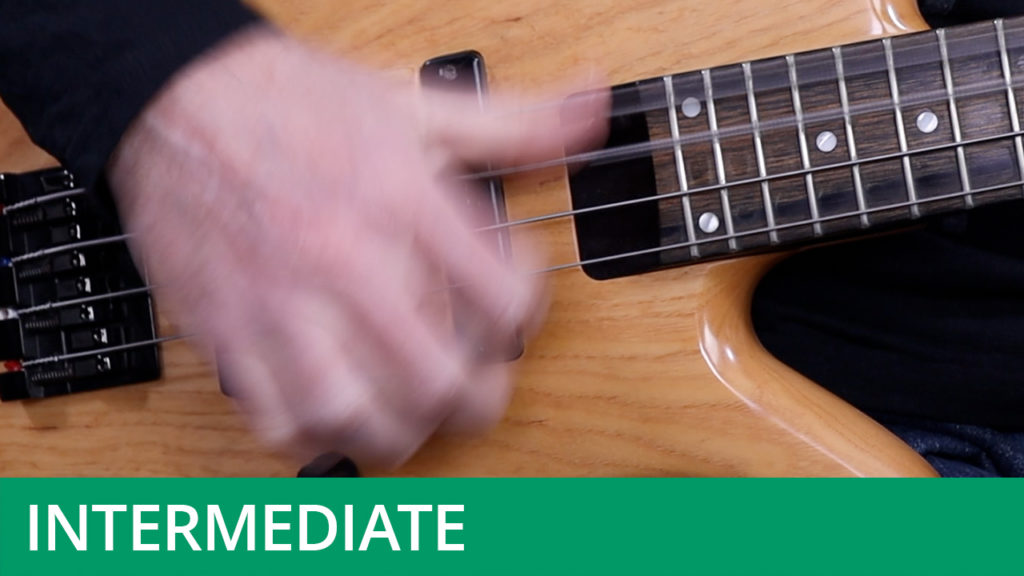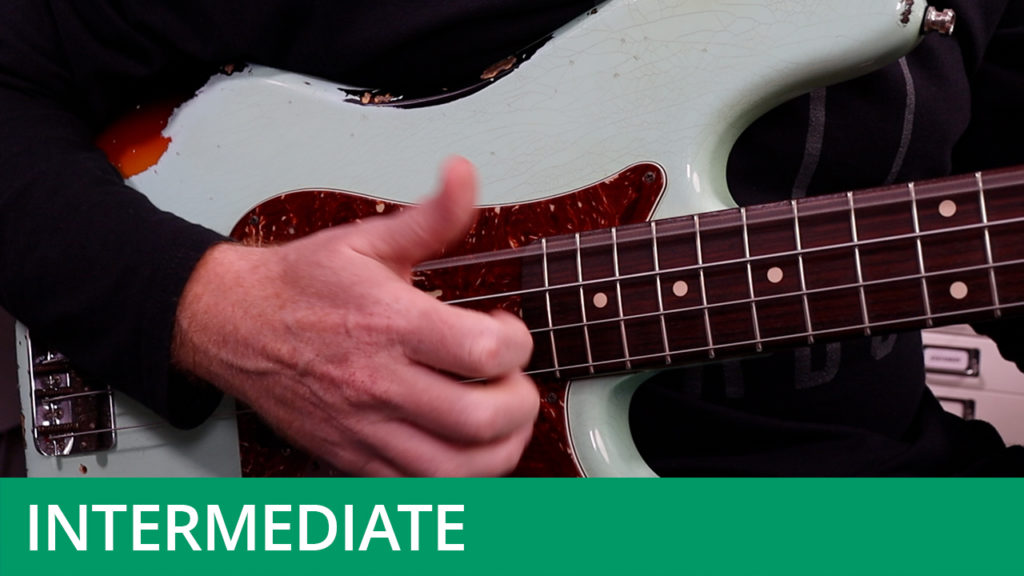Slap Bass – Double Stops
Course Duration: 52 Minutes | Difficulty Level: 4
This course will look at ways in which double stops can be incorporated into slap bass grooves. A double stop is simply two notes – any two notes – that are played together. They can be used to add more character to a line and to reinforce the harmony. Simply put, they are a great way to spice up your slap bass playing.
Don’t forget to hit the Download Resources button above in order to download the PDF worksheet and audio files for this course (available to subscribers only). The worksheet is available with TAB and without, for those who wish to give their reading skills a workout.



